Forty years ago, on a remote rocky island in the Pacific, 800km east of New Zealand, a conservationist set out to bring the rarest bird in the world back from the brink of extinction.
Don Merton, wearing a check shirt and shorts, climbed 200 metres up the rockface of Little Mangere Island, part of the Chatham Islands (Rēkohu in the indigenous Moriori language and Wharekauri in Māori), and laid a soft netted trap for the black robin, also known as kakaruia and karure – a tiny endemic bird that lives up to its name, with black plumage, black eyes and a little pointy black beak. Once captured, he gently placed the bird inside a wooden box, strapped it to his back, descended the cliff and jumped on a boat to the neighbouring island – Mangere, a larger, more verdant habitat.
The arrival of pests and settler-colonial farming practices had devastated the robin’s population in the Chathams. By 1976 there were just seven left, living in a tiny patch of bush on windswept Little Mangere.
Of those, one breeding pair remained: Old Blue, the matriarch, and Old Yellow. Merton came up with an idea to save the species – a high-risk decision where failure could expedite its extinction but success could secure its survival.
With few other options, and time running out, Merton threw the dice. The team began collecting their eggs and putting them into other birds’ nests to be raised. After some trial and error, the little tomtit proved to be the best foster parent. On and on the volunteers, conservationists and scientists worked and the population has now reached about 280 birds across both Mangere and Hokorereoro/Rangatira Islands – all descendants of Old Blue and Old Yellow.
Around 40 native New Zealand birds have become extinct since humans arrived in the country 1,000 years ago. With no natural predators, the birds did not develop the same defences as their international cousins, and the introduction of pests devastated their populations. Not only are birds crucial for the ecostystem but they have enormous cultural significance to indigenous peoples.
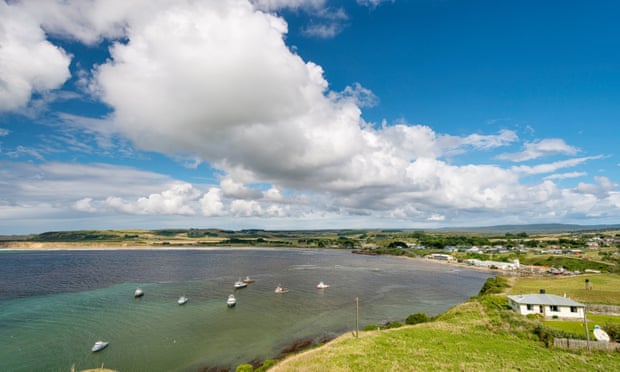
The robin project has been lauded globally as a conservation success story. And for good reason, on Hokorereoro/Rangatira Island – one of two of the robin’s habitats – the birds are flourishing.
But the work is not yet complete. Back on Mangere, conservationists are noticing a troubling trend – there are just 30 birds on the island, and the numbers are decreasing.
A victim of its own success?
The project’s lead at the Department of Conservation (DOC) Tertia Thurley first volunteered on black robin projects in 1986 and worked directly with Merton. But watching the population decline again in one habitat is “a real concern”, Thurley says.
“We’re not getting many juveniles, and there have been more males than females, but because we’re not monitoring them through the breeding season, we don’t know why that is.”
Thurley feels a sense of urgency has been lost about the robin’s survival, that perhaps it has become a victim of its own success story.

“That [urgency] sort of died off once the birds became well established on both the islands, which I guess is fair enough. It’s only just recently that we’ve been raising alarm bells around the Mangere population. They still are a vulnerable species.”
But this is about to change, with the first team deployed a few weeks ago to begin more intensive monitoring of the birds.
At night, it’s so noisy, it’s like they are having a party that we didn’t get invited to
Katelyn Whittaker-Prendeville
Katelyn Whittaker-Prendeville was part of that first cohort. She has just arrived back on mainland Chatham Islands after a three-week stint on Mangere, “a big rock with a lot of bush on it, where the bird life makes it come alive”.
“At night, it’s so noisy, it’s like they are having a party that we didn’t get invited to,” she laughs.
For that period, she and a workmate spent time recording robin population numbers for the pre-breeding season census.
“We only found nine females. It’s such a small population, such a small gene-pool and they are in-bred already.”
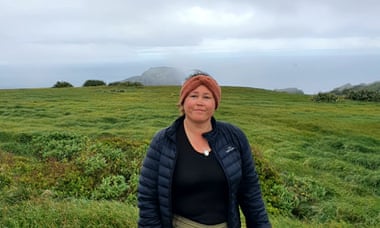
Whittaker-Prendeville is the first DOC intern on the island who is also from the local Māori iwi (tribe), Ngāti Mutunga.
“I feel so privileged … The black robin comes from here, it’s like our wee gift, our taonga (treasure).”
Time to take some risks
There are two indigenous populations represented in the Chathams – the original Moriori settlers, who arrived in the islands 600 to 1,000 years ago, and the more recent Māori iwi, Ngāti Mutunga.
Ngāti Mutunga o Wharekauri Iwi Trust, which employs Whittaker-Prendeville, said having connection to indigenous knowledge and involvement was crucial for the robin’s survival.
“[Indigenous people] may not have a PhD from university, but they can read the signs, they understand the seasons, the impact of the environment and the changes in the environment. You cannot beat local knowledge,” the trust’s Gail Amaru says.
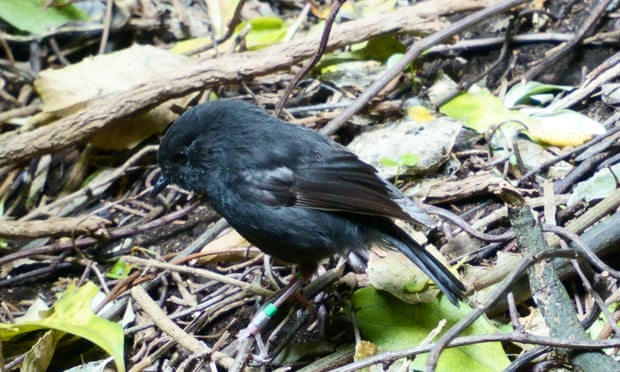
Recently, the DOC held a consultation with iwi and imi (Moriori tribe) to discuss the black robin recovery programme.
Hokotehi Moriori Trust, which represents Moriori people, has a heavy focus on innovation and conservation. Its cultural projects manager, Susan Thorpe,said the recent consultation process was done extremely well, and no idea was considered “too crazy”.
She says a huge amount of collaboration has occurred with research institutes, universities and DOC, but when it comes to the survival of the robin, it is now time to take some risks, just as Merton did 40 years ago.
“They used brave, pioneering, methodology and we’re not doing enough of that these days, with too much reporting and not enough doing.”
“We feel that these birds need to move off a nature reserve into wider bigger habitats, for their own well being.”
This article by Eva Corlett was first published by The Guardian on 5 November 2021. Lead Image: Forty years ago the Chatham Island black robin was down to just one breeding pair. Photograph: Leon Berard.
What you can do
Support ‘Fighting for Wildlife’ by donating as little as $1 – It only takes a minute. Thank you.
Fighting for Wildlife supports approved wildlife conservation organizations, which spend at least 80 percent of the money they raise on actual fieldwork, rather than administration and fundraising. When making a donation you can designate for which type of initiative it should be used – wildlife, oceans, forests or climate.
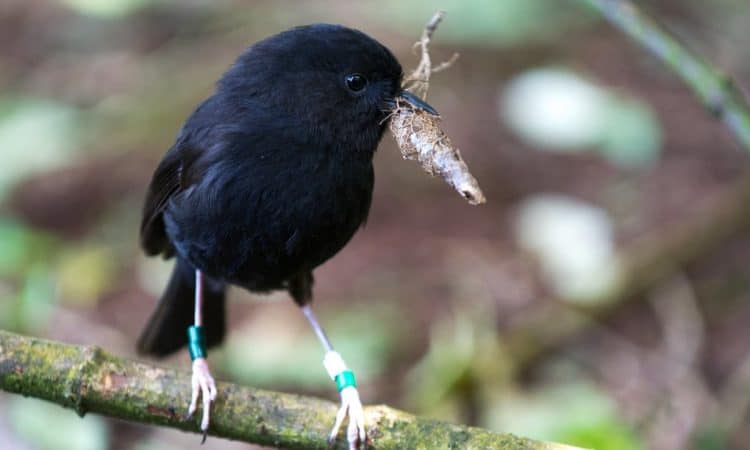
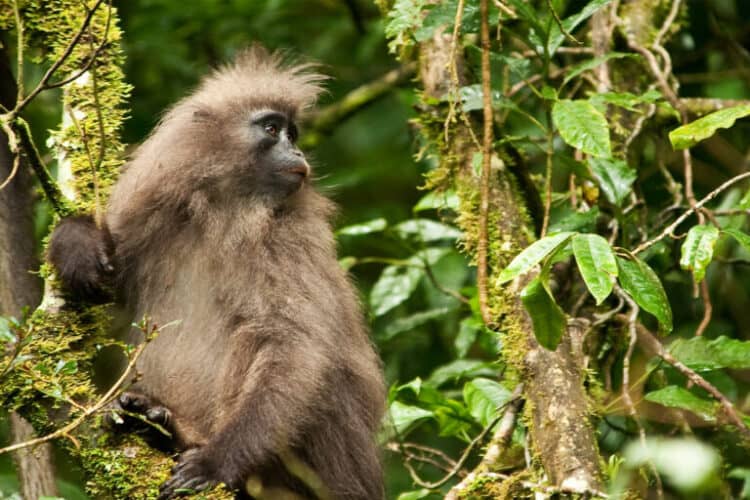
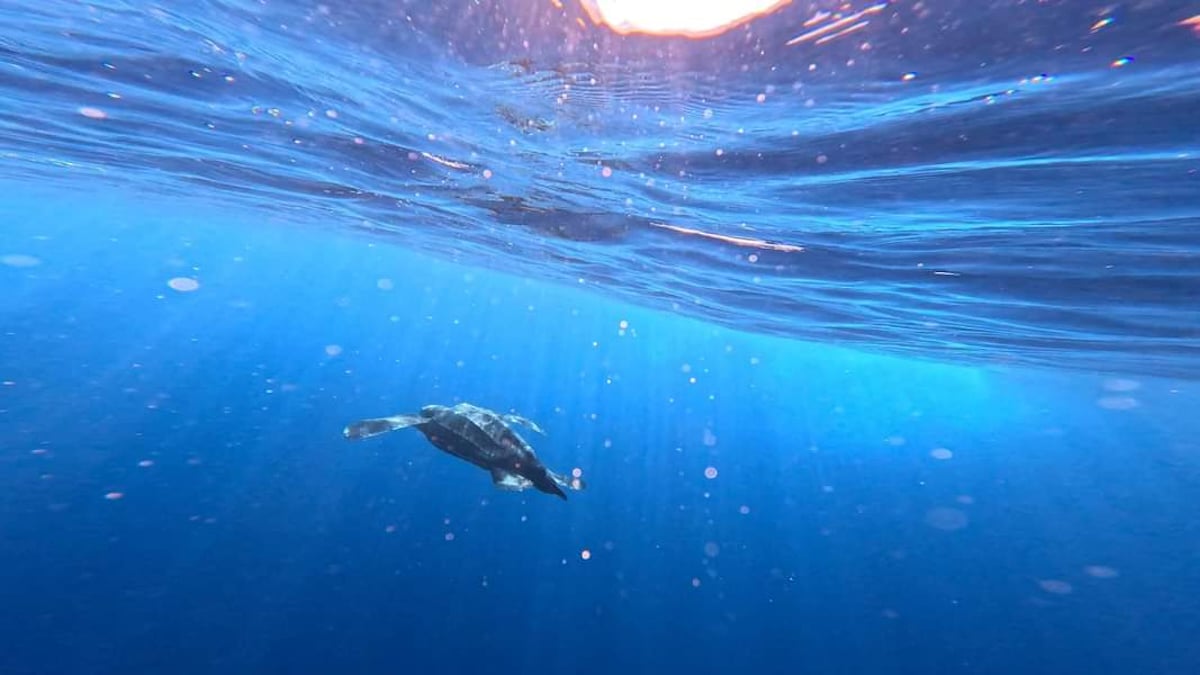




Leave a Reply